Search results6 results
LIBRARY
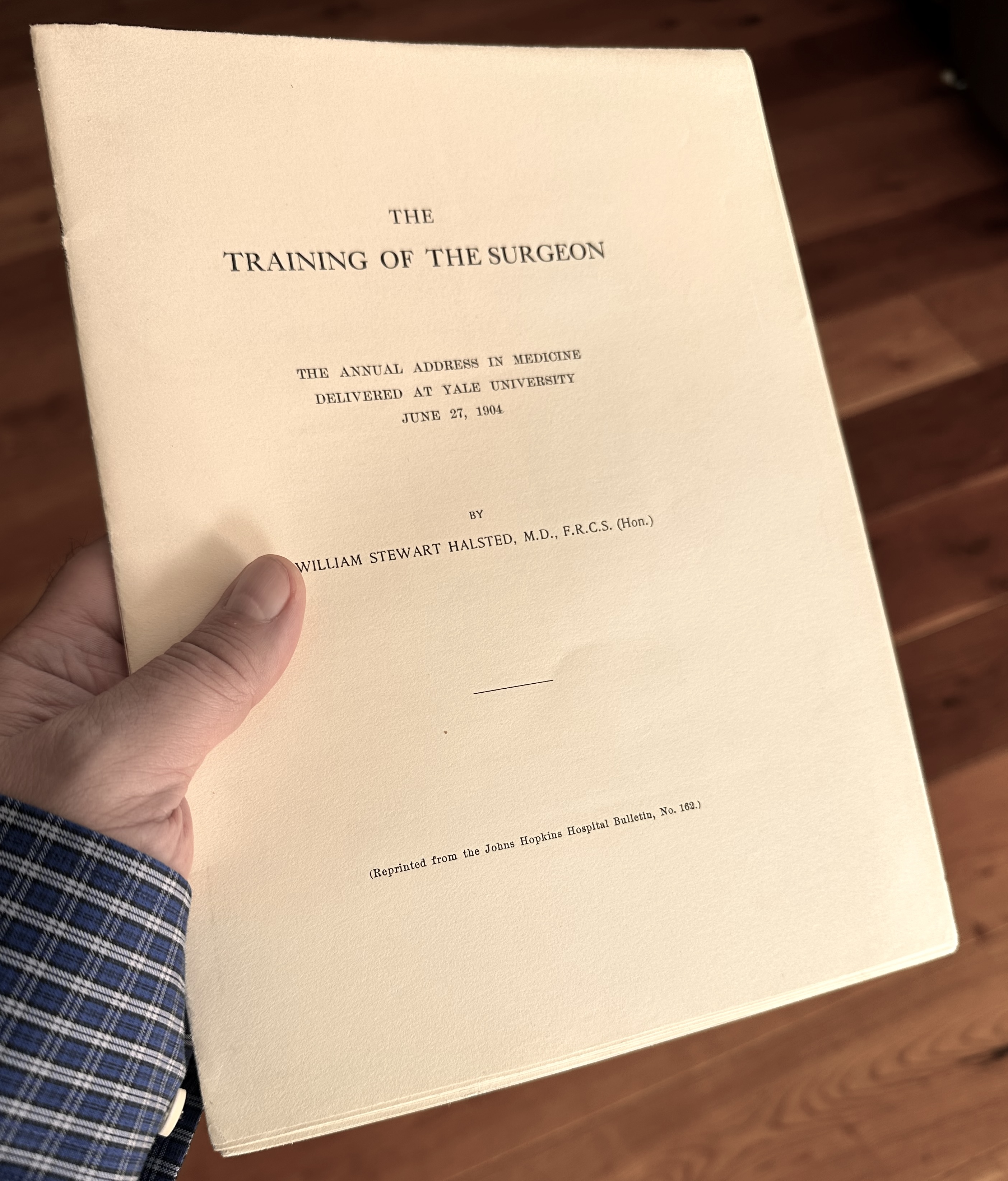
USA, 20 C. 1 half
Halsted, William Steward
The training of the surgeon : the annual address in medicine delivered at Yale University, June 27, 1904 / by William Stewart Halsted. The first edition. This lecture emphasized that surgical skill must be built through rigorous, systematic training rather than quick apprenticeship. He argued for long, carefully supervised residency programs, where surgeons-in-training would gradually assume responsibility while mastering both technical skill and scientific inquiry. This lecture laid the foundation for the modern surgical residency system in the United States.
PEOPLE
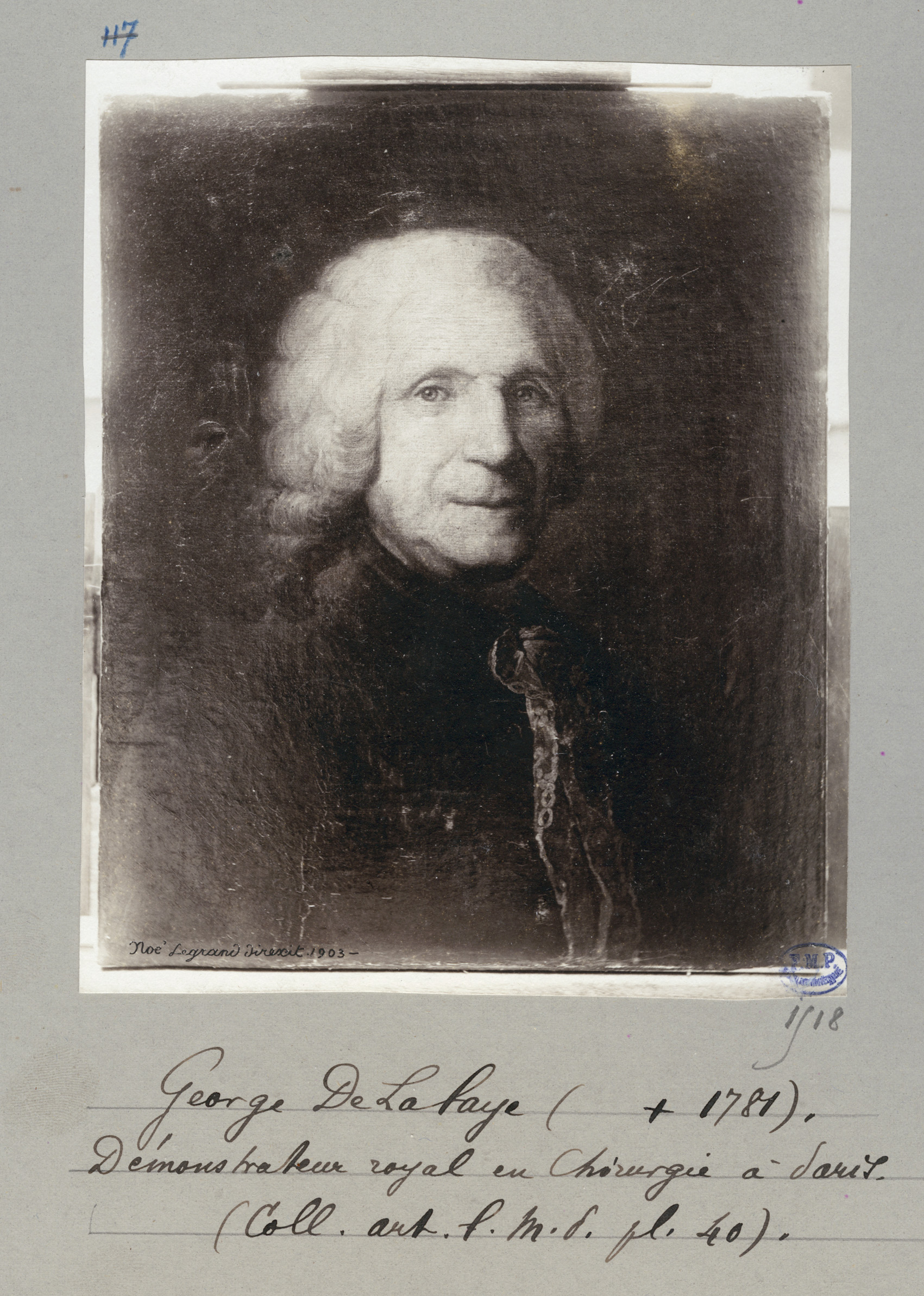
Georges de La Faye (1699-1781), French surgeon, Principes de chirurgie. A student's notes of lectures at the Académie royale de Chirurgie in Paris, where La Faye was Démonstrateur.
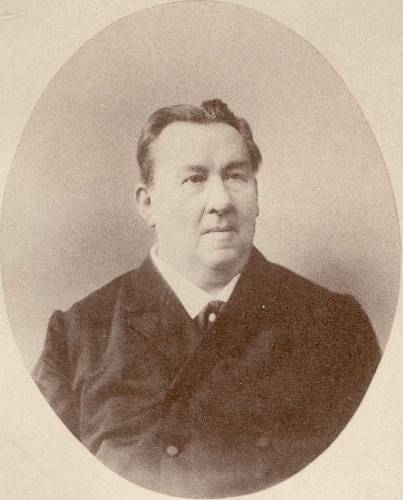
Kushnerev Ivan Nikolayevich (24.11.1827-10.02.1896)– Russian writer and publisher, the son of a poor noble landowner. The Partnership I. N. Kushnerev and Co. publishing house, founded in Moscow in 1871, was one of the largest and best-known publishing houses of pre-revolutionary Russia. The house published a wide range of fiction and specialised literature, including medical works of Nikolay Pirogov and Ivan Pavlov.
FIRM
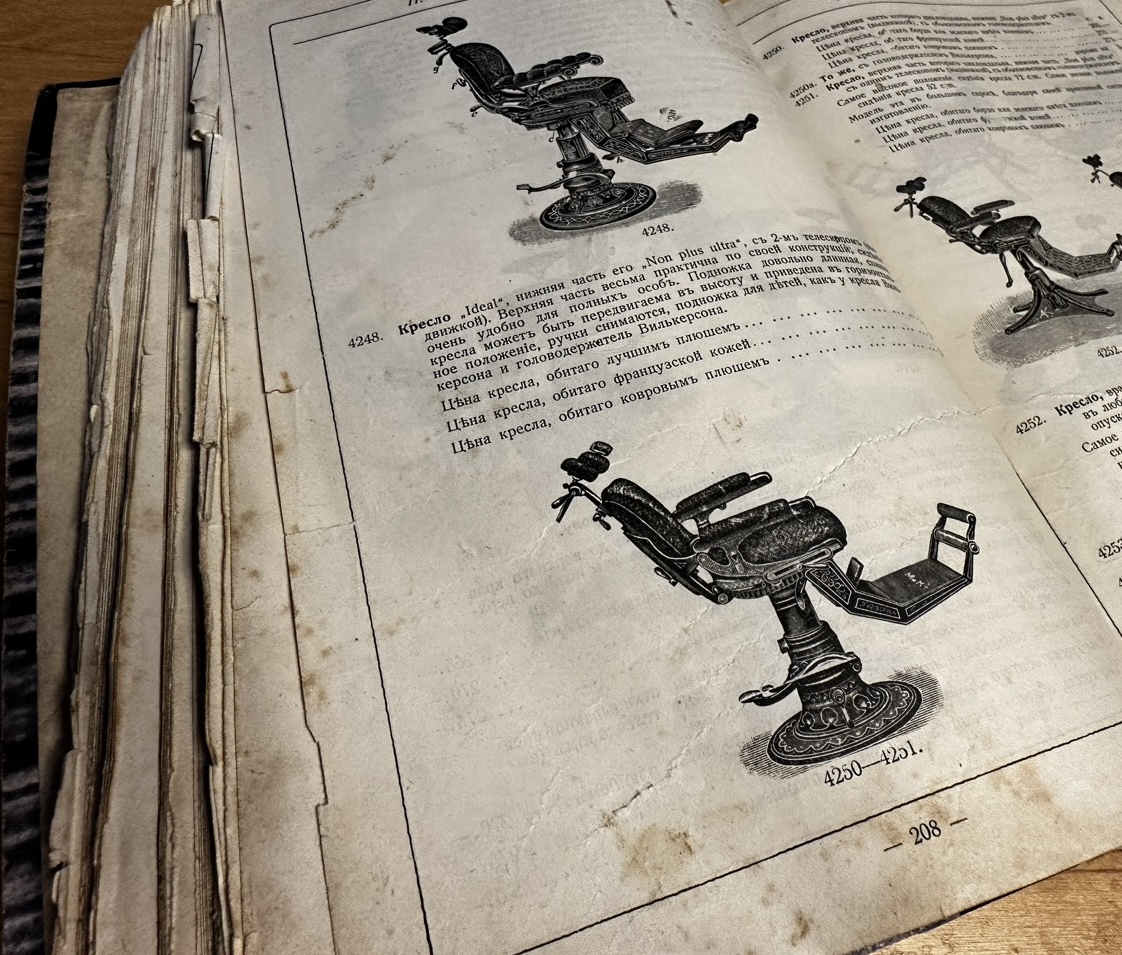
Russia, Moscow
The Partnership of P.I. Makhin and Co. In Moscow (Товарищество П. И. Махин и Ко. В Москве) was engaged in the sale and repair of medical equipment. Founded: 1868. Dissolved: 1918 (?). Address: Rozhdestvenska Street, near Kuznetsky Most, House of Suzdal Podvor'e No. 7. Awardswith medal depicted in the 1914 catalog: Silver Medal of the Nizhny Novgorod Fair in 1895; Gold Medal of the Exhibition in Paris 1900; Diploma of Honor Paris 1904. Supplier of the instruments of Collin and Mathieu in Russia
Articles
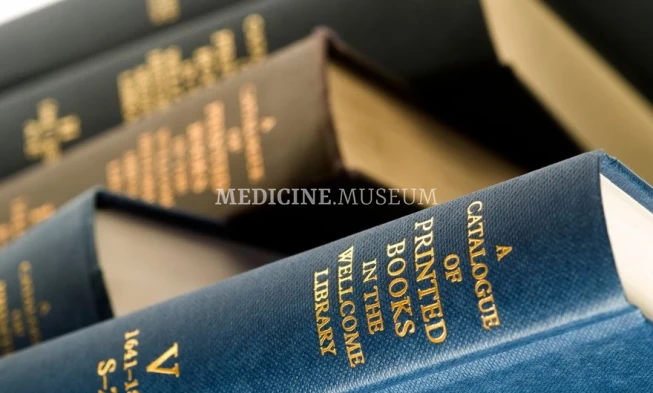
To find the right path in the ocean of historical books, we can turn to some catalogs of the most important examples of historical literature in medicine. The most respected for their thoroughness and historical value are seminal resources for researchers looking for rare and important medical books of the past. References to their records are often found in the reference departments of university libraries and specialized institutions and are often cited by booksellers of scientific and antiquarian books: Wellcome Historical Medical Library Catalogue; Garrison-Morton's Medical Bibliography; Hirsch's Biographisches Lexikon der hervorragenden Ärzte; Osler's Bibliotheca Osleriana; The Bibliotheca Walleriana; The Harvey Cushing Catalogue; Heirs of Hippocrates; Catalogue of the History of Medicine Collection in the National Library of Medicine.

The story of how the second edition of the book De humani corporis fabrica libri septem, by Flemish Andreas Vesalius (1514–1564), desecrated by numerous marginal notes, became one of the most outstanding examples of scientific printing that has come down to us has shocked the world of medical history and bibliography. This book, first published in 1543, then revolutionised anatomy and, among of others, commented on about 200 mistakes and misconceptions of the infallible authority, Claudius Galenus, questioning more than a thousand years of anatomical beliefs. It is no wonder that the young genius (Andreas Vesalius was only 29 years old when by publishing his Opus magnum) faced not just significant opposition, but fierce hatred, a real mass shitstorm for questioning established views, rocking the comfortable chairs of professorial chairs.